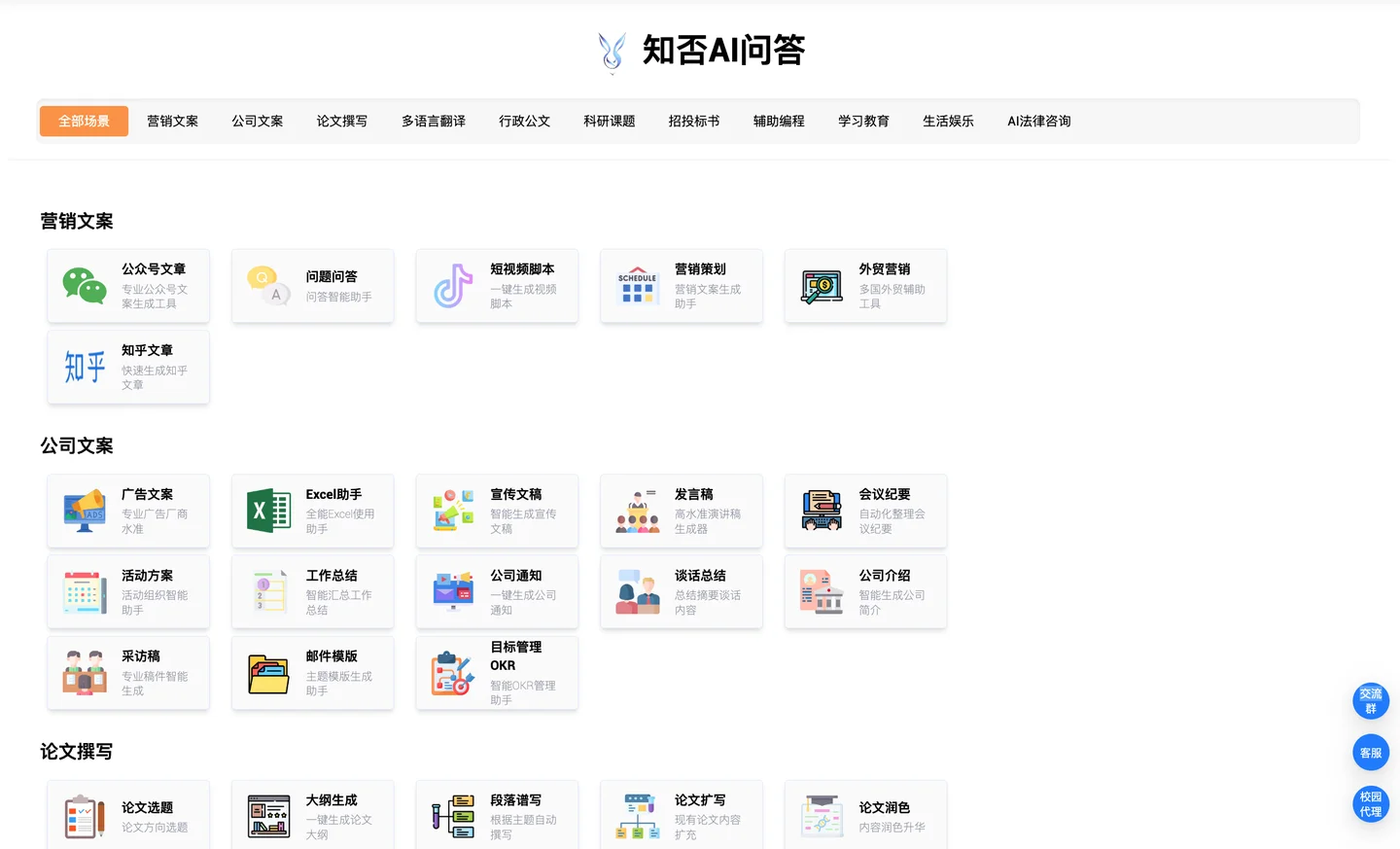Create the machine learning model in a training environment
Data scientists will often create and develop many different machine learning models, of which only a few will make it into the deployment phase. Models will usually be built in a local or offline environment, fed by training data. There are different types of machine learning processes for developing different models. These will differ depending on the task the algorithm is being trained to complete. Examples include supervised machine learning in which a model is trained on labelled datasets or unsupervised machine learning where the algorithm identifies patterns and trends in data.
Organisations may use machine learning models for a range of reasons. Examples include streamlining monotonous administrative tasks, fine-tuning marketing campaigns, driving system efficiency, or completing the initial stages of research and development. A popular use is the categorisation and segmentation of raw data into defined groups. Once the model is trained and performing to a given accuracy on training data, it is ready to be prepared for deployment.
Test and clean code ready for deployment
The next step is to check if the code is of sufficient quality to be deployed. This is to ensure the model functions in a new live environment, but also so other members of the organisation can understand the model’s creation process. The model is likely to have been developed in an offline environment by a data scientist. So, for deployment in a live setting the code will need to be scrutinised and streamline where possible.
Accurately explaining the results of a model is a key part of the machine learning oversight process. Clarity around development is needed for the results and predictions to be accepted in a business setting. For this reason, a clear explanatory document or ‘read me’ file should be produced.
- There are three simple steps to prepare for deployment at this stage:
- Create a ‘read me’ file to explain the model in detail ready for deployment by the development team.
- Clean and scrutinise the code and functions and ensure clear naming conventions using a style guide.
- Test the code to check if the model functions as expected.
Prepare the model for container deployment
Containerisation is a powerful tool in machine learning deployment. Containers are the perfect environment for machine learning deployment and can be described as a kind of operating system visualisation. It’s a popular environment for machine learning deployment and development because containers make scaling easy. Containerised code also makes updating or deploying distinct areas of the model straightforward. This lowers the risk of downtime for the whole model and makes maintenance more efficient.
The containers contain all elements needed for the machine learning code to function, ensuring a consistent environment. Numerous containers will often make up machine learning model architecture. Yet, as each container is deployed in isolation from the wider operating system and infrastructure, it can draw resources from a range of settings including local and cloud systems. Container orchestration platforms like Kubernetes help with the automation of container management such as monitoring, scheduling, and scaling.
Beyond machine learning deployment
Successful machine learning deployment is more than just ensuring the model is initially functioning in a live setting. Ongoing governance is needed to ensure the model is on track and working effectively and efficiently. Beyond the development of machine learning models, establishing the processes to monitor and deploy the model can be a challenge. However, it’s a vital part of the ongoing success of machine learning deployment, and models can be kept optimised to avoid data drift or outliers.
一旦规划了监控机器学习模型的流程,就可以检测和解决数据漂移和新出现的低效问题。一些模型也可以定期用新数据重新训练,以避免模型偏离实时数据太远。部署后考虑模型意味着机器学习将在组织中长期有效。
机器学习部署面临的挑战
- 机器学习模型的训练和开发通常是资源密集型的,并且通常是组织的焦点。机器学习部署的过程也是一项复杂的任务,需要高度的规划才能有效。
- 将在离线环境中开发的模型部署到真实环境中总是会带来独特的风险和挑战。一个主要的挑战是弥合开发模型的数据科学家和将部署模型的开发人员之间的差距。这些不同领域的技能和专业知识可能不会重叠,因此高效的工作流管理至关重要。
- 对于许多组织来说,机器学习部署可能是一个挑战,特别是如果必须为部署构建基础架构的话。围绕扩展模型以满足容量的考虑增加了另一层复杂性。模型本身的有效性也是一个关键挑战。确保结果准确且没有偏见可能很困难。在机器学习部署之后,应该持续测试和监控模型,以推动改进和持续优化。
机器学习部署的主要挑战包括:
开发团队和数据科学家之间缺乏沟通,导致部署流程效率低下。
确保为机器学习部署提供合适的基础设施和环境。
在现实环境中持续监控模型的准确性和效率可能会很困难,但对实现优化至关重要。
Challenges for machine learning deployment
The training and development of machine learning models is usually resource-intensive and will often be the focus of an organisation. The process of machine learning deployment is also a complex task and requires a high degree of planning to be effective.
Taking a model developed in an offline environment and deploying it in a live environment will always bring unique risks and challenges. A major challenge is bridging the gap between data scientists who developed the model and the developers that will deploy the model. Skillsets and expertise may not overlap in these distinct areas, so efficient workflow management is vital.
Machine learning deployment can be a challenge for many organisations, especially if infrastructure must be built for deployment. Considerations around scaling the model to meet capacity add another layer of complexity. The effectiveness of the model itself is also a key challenge. Ensuring results are accurate with no bias can be difficult. After machine learning deployment, the model should be continuously tested and monitored to drive improvements and continuous optimisation.
The main challenges for machine learning deployment include:
- A lack of communication between the development team and data scientists causing inefficiencies in the deployment process.
- Ensuring the right infrastructure and environment is in place for machine learning deployment.
- The ongoing monitoring of model accuracy and efficiency in a real-world setting can be difficult but is vital to achieving optimisation.
- Scaling machine learning models from training environment to real-world data, especially when capacity needs to be elastic.
- Explaining predictions and results from a model so that the algorithm is trusted within the organisation.
Products for streamlining machine learning deployment
Planning and executing machine learning deployment can often be a complex task. Models need to be managed and monitored to ensure ongoing functionality, and initial deployment must be expertly planned for peak efficiency. Products like Seldon Deploy provide all the elements for a successful machine learning deployment, as well as the insight tools needed for ongoing maintenance.
The platform is language-agnostic, so it is prepared for any model developed by a development team. It can easily integrate deployed machine learning models with other apps through API connections. It’s a platform for collaboration between data scientists and the development team, helping to simplify the deployment process.
Seldon Deploy features for machine learning deployment include:
- Workflow management tools to test and deploy models and make planning more straightforward.
- Integration with Seldon Core, a platform for containerised machine learning deployment using Kubernetes. It converts machine learning models in a range of languages ready for containerised deployment.
- Accessible analytics dashboards to monitor and visualise the ongoing health of the model including monitoring data drift and detecting anomalies
- Innate scalability to help organisations expand to meet varying levels of capacity, avoiding the risk of downtime.
- The ability to be installed across different local or cloud systems to fit the organisation’s current system architecture.
Deploying machine learning models in your organisation
Seldon moves machine learning from POC to production to scale, reducing time-to-value so models can get to work up to 85% quicker. In this rapidly changing environment, Seldon can give you the edge you need to supercharge your performance.
With Seldon Deploy, your business can efficiently manage and monitor machine learning, minimise risk, and understand how machine learning models impact decisions and business processes. Meaning you know your team has done its due diligence in creating a more equitable system while boosting performance.
Deploy machine learning in your organisations effectively and efficiently. Talk to our team about machine learning solutions today.






